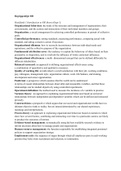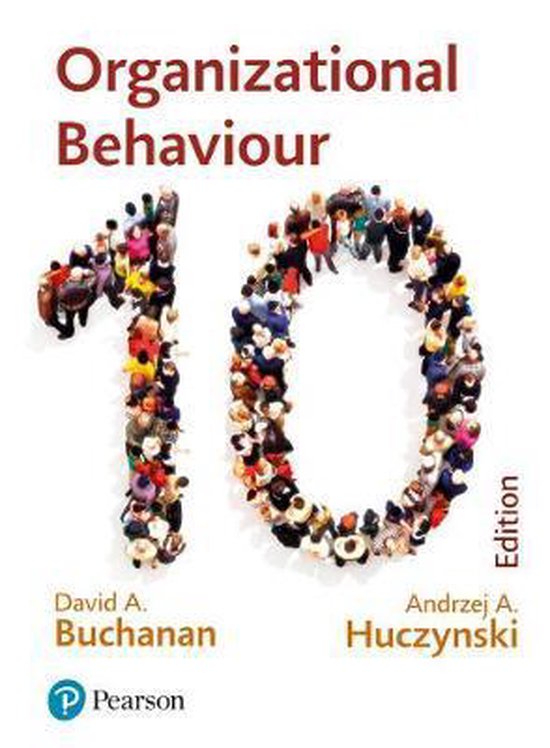Resume
Summary Begrippenlijst / Glossary Organizational Behavior, ISBN: 9781292251578 Organizational Behavior (422057-B-5)
- Cours
- Établissement
- Book
VOLLEDIGE begrippenlijst van het boek voor het vak Organizational Behavior / Organisational Behaviour. Opgedeeld per college met het bijhorende hoofdstuk COMPLETE glossary of the book for the course Organizational Behavior / Organisational Behaviour. Divided per lecture with the corresponding ch...
[Montrer plus]





